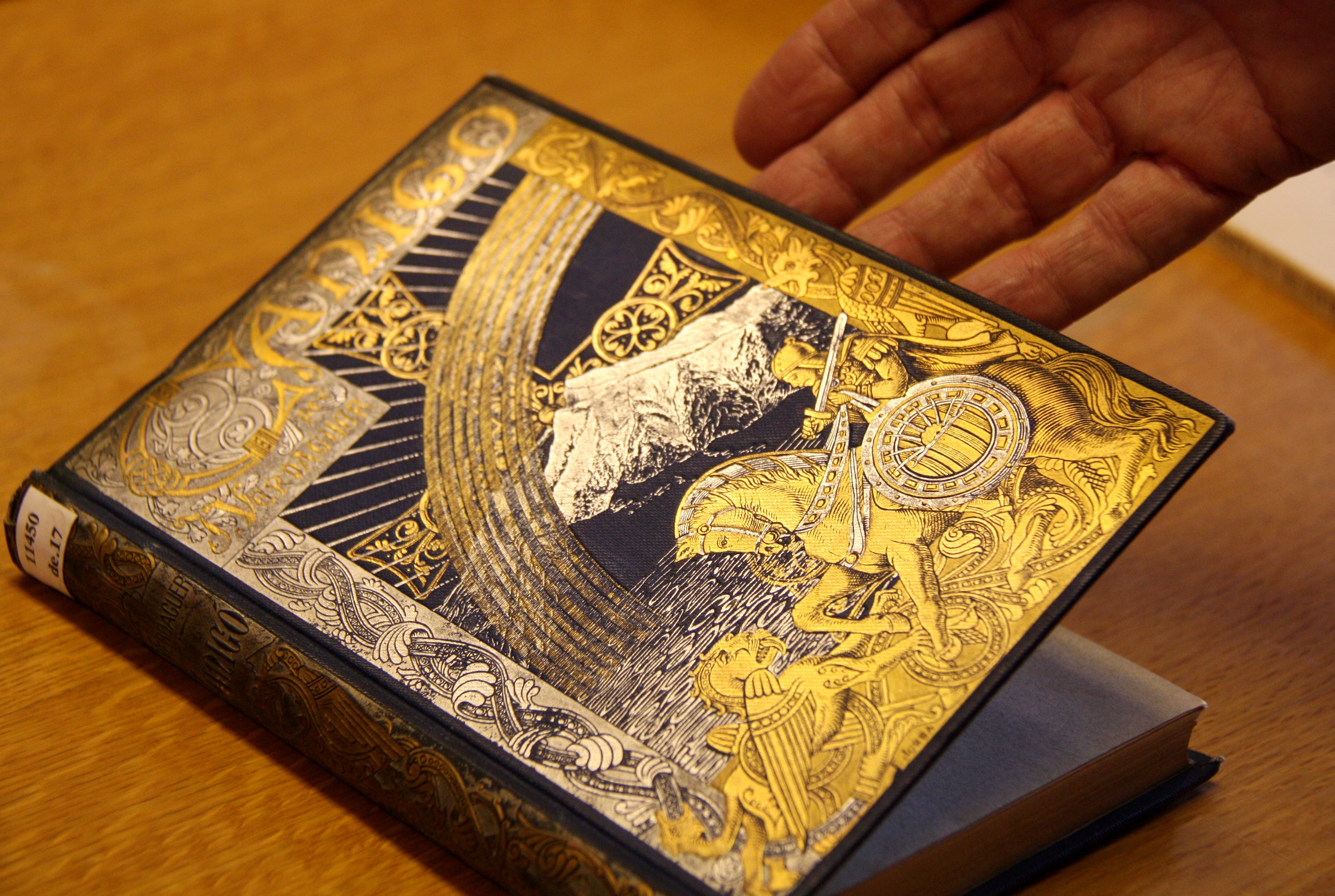Catalan poetic masterpiece ‘Canigó’ now available in English
‘Canigó’ is regarded as one of the most outstanding works in Catalan literature. The epic poem was written by the 19th century Catalan writer and leading figure of the Catalan renaissance movement, Jacint Verdaguer. Named after Mount Canigou, the poem is set in Catalonia at the beginning of the 11th century at the time of the Reconquista, the gradual liberation by the Christians of the Iberian Peninsula from Muslim rule. The poem tells the story of the young knight Gentil who left his fight against the Saracens for the love of Flordeneu, queen of the fairies. English engineer James William Millard had already published part of the poem in 2000 but ‘Mount Canigó. A tale of Catalonia’ by translator and professor at Universitat de Vic Ronald Puppo represents the first complete translation ever made.

Barcelona (CNA).- ‘Mount Canigó. A tale of Catalonia’. This is the title of Universitat de Vic’s professor Ronald Puppo’s English translation of ‘Canigó’, one of the most outstanding works in Catalan literature. The epic poem was written in the 19th century by priest Jacint Verdaguer, a leading figure of the ‘Renaixença’(‘Rebirth’), the cultural movement which characterised the Romantic period in Catalonia. Named after Mount Canigou, the poem is set in Catalonia at the beginning of the 11th century at the time of the Reconquista, the gradual liberation by the Christians of the Iberian Peninsula from Muslim rule. The poem tells the story of the young knight Gentil who left his fight against the Saracens for the love of Flordeneu, queen of the fairies. ‘Canigó’reflects, in rich language, the trips that Verdaguer made to the Pyrenees between 1879 and 1895, and the sadness he felt at seeing the ruins of the monasteries of Sant Martídel Canigóand Sant Miquel de Cuixà.
English engineer James William Millard had already published part of the poem in 2000 under the name ‘Canigó, A Legend of the Pyrenees’. Although the book was not for sale, it was distributed amongst several schools in England. Ronald Puppo’s translation is the first full English version of the poem.
'Canigó', a masterpiece of Catalan literature
Canigó (named after Mount Canigou) is set in Catalonia at the beginning of the 11th century at the time of the Reconquista, the gradual liberation by the Christians of the Iberian Peninsula from Muslim rule. The poem tells the story of the son of Count Tallaferro, the young knight Gentil, who, for the love of Flordeneu, queen of the fairies, leaves the fight against the Saracens. Canigó is written in extraordinarily rich and affective language and versification.
The poem is one of the milestones of the ‘Renaixença’ movement and its author, Jacint Verdaguer, is regarded as a symbol of Catalonia’s culture and the major writer of the nineteenth century.
Jacint Verdaguer and the ‘Renaixença’cultural movement
Verdaguer (1845-1902) was a rural Roman Catholic priest who served in a variety of pastoral positions and contributed to the ‘Renaixença’ movement with a body of work that includes epic and lyrical poetry, narrative prose, journalism and travel writing, which received a tremendous popular reception unparalleled at that time.
Notable are his epic poems in the romantic vein "L'Atlàntida" (Atlantis) and "Canigó", and the collections "Idil.lis i cants místics" (Idylls and Mystical Songs), "Pàtria", "Montserrat", "Flors del Calvari" and "Aires del Montseny". In prose, he published "Excursions i viatges" (Excursions and Trips), "Dietari d'un pelegrí a Terra Santa" (Diary of a Pilgrim to the Holy Land), one collection of "Rondalles" (Stories) and another of articles published in the press "En defensa pròpia" (In Self Defence). He was proclaimed "Mestre en Gai Saber" (Master in the Art of Poetry) at the 1880 Jocs Florals (Literary Contest) in Barcelona. Most of his work, which has been set to music by different composers (Nicolau, Morera, Millet, Falla, etc.) and extensively imitated, published and studied, has been translated into the major world languages.